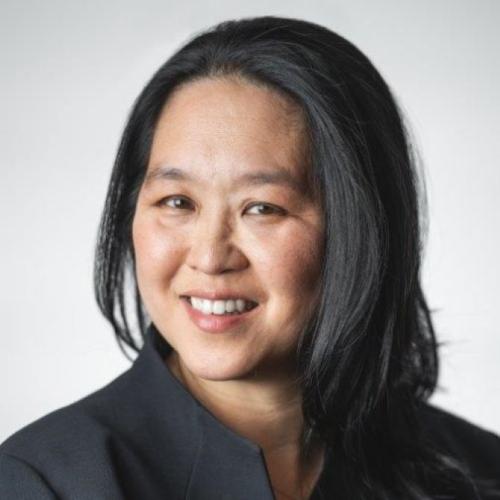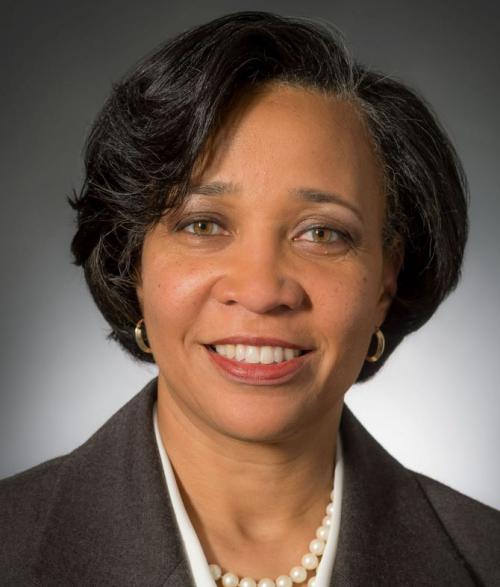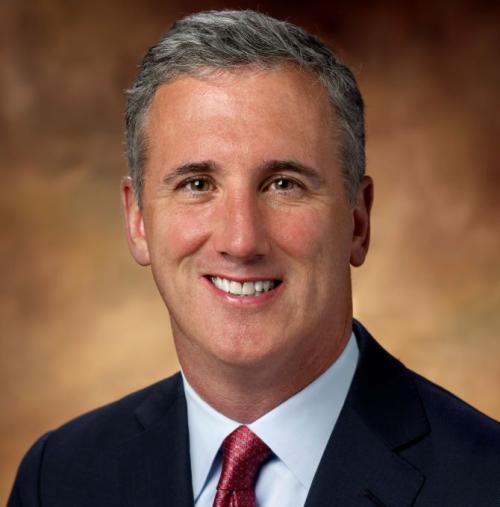A look at why collaboration on the executive compensation plan is essential and how giving consultants more say over the compensation committee's agenda can help
The design of public disclosures about executive compensation plans is surely among the corporate secretary and governance team’s most critical tasks. The board’s compensation committee ultimately designs the executive pay package, but the work that goes into it entails a collaborative process between the corporate secretary or general counsel, the company’s human resources manager, the external pay consultant and often the chief financial officer. The task of figuring out each person’s role and what information each will provide often falls to the corporate secretary.
Ensuring that anyone with information relevant to the compensation plan is included in the collaborative process is critical ‘because it’s really important to get all the inputs and issues on the table – and if there are differences of opinion, you just call them out,’ says Robin Ferracone, executive director of Farient Advisors. ‘If you don’t have those inputs, you create a lot more work for the committee because now it has to sort through what the truth is and who’s saying what to whom, and if there’s an item it didn’t know about because it was not talking to the right people. We need to avoid all that.’
Ferracone sees corporate secretaries getting involved primarily in a couple of areas that require their input and oversight. The first is making sure the compensation committee’s process adheres to the company’s governance charter so the committee can determine whether or not it’s handling the right things in its meetings. The secretary should also have input on the compensation committee’s agendas to ensure it is covering all the necessary charter items at the right time of the year. Another area where the secretary’s input is critical is the actual designing of the compensation plan.
Collaborative approaches
For Pearl Meyer & Partners, how it collaborates with various functions within a client company depends on who has engaged its services, according to Aalap Shah, vice president of the compensation consulting firm. Most often, Pearl Meyer is hired by the board, in which case most of its involvement tends to be with HR or the finance department. For other clients, Pearl Meyer’s representative works mostly with the corporate secretary, and the nature of that collaboration is highly dependent on the role the corporate secretary has taken on.
When corporate secretaries’ role in the compensation determination process is significant, there are areas where Shah sees room for improvement in how they collaborate. For instance, he suggests the pay consultant be involved in determining the compensation committee’s agenda for the upcoming year. ‘The consultant brings to the table pressing issues going on in the marketplace and industry,’ he says. Combining that external knowledge with an awareness of the internal governance issues the corporate secretary must consider makes the compensation planning process run more smoothly.
Typically, for most public company clients, the pay consultant is in the room for compensation
committee meetings, Shah says: ‘There are times when we’ve been excused and called back in, and times when the CEO is excused so the compensation committee can have a private discussion with the
consultant’ without the presence of management.
Before Courtney McCormick became corporate secretary at PSEG in 2010, the person in that
position had not been a lawyer, was not consulted on executive pay matters and did not participate in the compensation committee meetings.
‘When I took over responsibility for the general corporate counsel’s group, there wasn’t a great working relationship between HR compensation and benefits [staff] and the securities lawyers,’ McCormick says. ‘I set up a meeting and put together a two-pager on securities law considerations that have to be brought up with any executive compensation decisions, including hiring and firing and getting shareholder approval for a new plan. It was done in a friendly way to get HR buy-in. It helped sensitize HR to the issues, and we were helping HR get smarter instead of lecturing it.’
At the same time, the people at PSEG who designed the proxy statement began to report to McCormick. She took steps to schedule earlier meetings on the calendar and deepen those staff members’ understanding of why her office needed certain kinds of information related to executive pay. By urging them to imagine the potential activist that would likely take a more critical view of whether the company was paying for performance, McCormick says she has been able to elevate the level of discourse that informs PSEG’s compensation discussion and analysis (CD&A).
An olive branch
McCormick believes it’s equally important to invite HR leaders into the compensation process early on. She schedules a follow-up call a couple of days after the compensation committee meeting with key people who did not participate in the meeting to ensure everyone understands what has been decided for the pay plan. ‘We’ve had a lot more buy-in from HR [that way],’ she says. ‘Goals can be more territorial unless you extend an olive branch around this issue due to [sensitivity to] pay at the highest levels.’
When working with the HR department, ‘you’re really trying to understand the prevailing human capital issues and concerns that need to be addressed’ in any compensation plan, says Shah. He recommends the corporate secretary and HR chief ensure there is an open dialogue about what information will be provided to the compensation committee prior to each committee meeting. It’s also helpful to include HR in discussions of the company’s financial performance, so the HR manager has a better understanding of any potential headwinds in the coming year that need to be reflected in the executive pay plan, Shah adds.
It has also become more common for companies to involve pay consultants in their shareholder engagement efforts, especially when the engagement is meaningful and touches on compensation, says Shah. ‘When we speak with boards of directors and internal executive management staff, we’re hearing that there is a need to do more engagement, so I would imagine that we’re going to continue to be involved for the long term,’ he says.
The corporate secretary’s role
Because of the strong relationships Farient has developed over time with investors and proxy advisers, its corporate clients ‘will rely on us quite frequently to write the presentation deck, help design the process, even help do some of the presentations,’ says Ferracone. And in cases where Farient takes a more proactive role in compensation efforts, it will often involve the client’s corporate secretary in shareholder engagement activities, including drafting talking points and being available on a call to address any legal issues that may arise.
When it comes to the CD&A, it’s critical for each player to understand the role he/she plays. Center on Executive Compensation CEO Charles Tharp has suggested thinking of the corporate secretary as the quarterback when doing the disclosure on the pay plan, because it’s a securities filing.
From Ferracone’s perspective, even a debate in the committee room about which performance measures and goals to use in setting executive pay can end up being helpful for disclosure later on. She has seen the airing of different views help clarify for the compensation committee members the rationale for selecting the metrics and goals selected.
‘Ultimately, corporate secretaries really appreciate it because they know it’s their best defense [for the pay plan in case there is opposition from shareholders]. This is the due care the committee takes to make sure the right discussions are had.’








